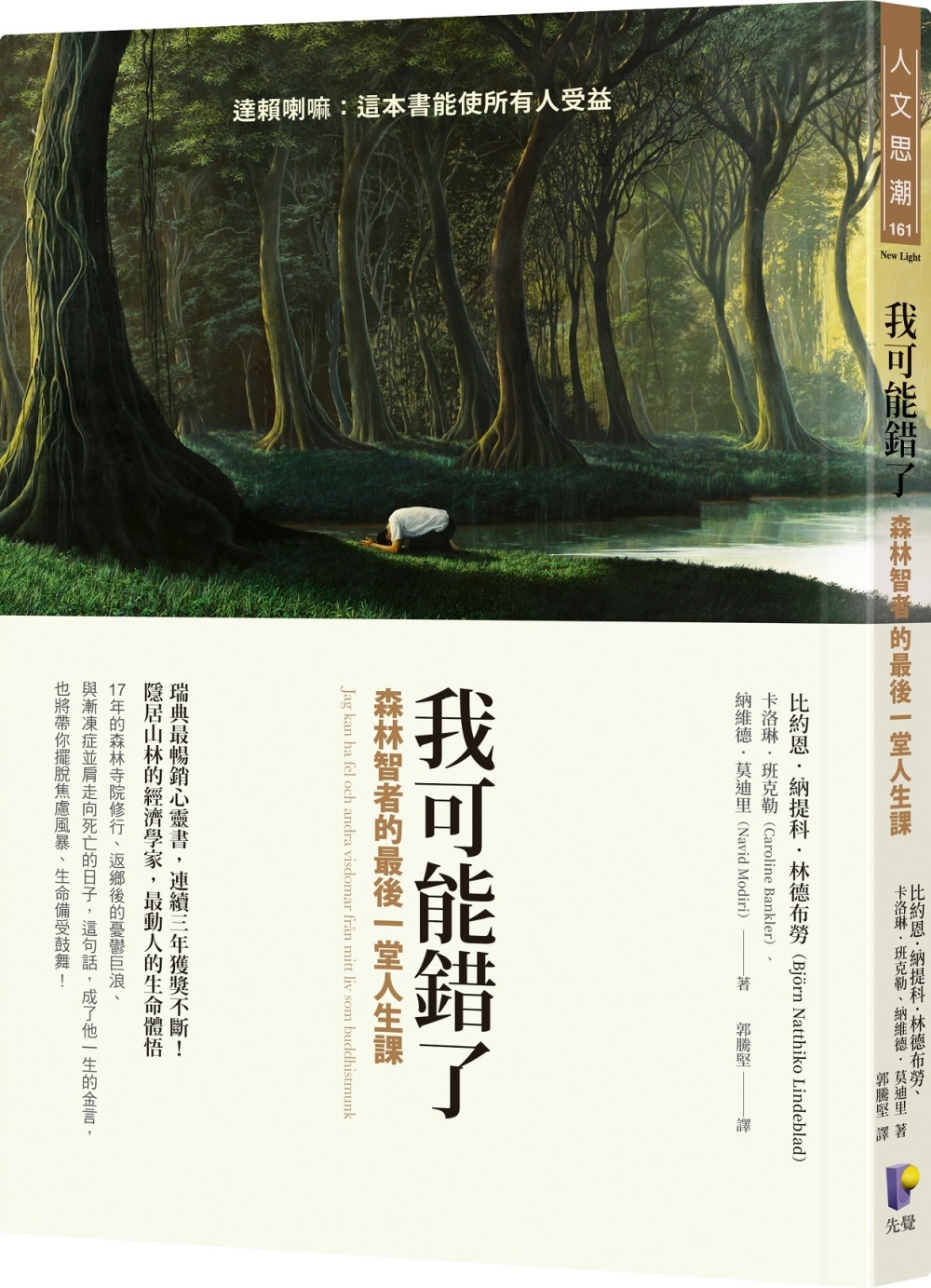Our imagination reveals our experience of ourselves and our world. The late philosopher of science and poetry Gaston Bachelard introduced the notion that each image that comes to mind spontaneously is a visual representation of the cognitive and affective pattern that is moving us at the time - often unconsciously. When such a mental image inspires a picture or text, it evokes in the mind of the reader or beholder a replication of the internal pattern that originally inspired the artist or writer. Thus mental images are rarely empty phantasies. Whereas intellectual concepts are conscious constructions of abstracted relations, mental images evoked by texts and pictures often point - like dreams - to pre-verbal experience that patterns itself through multiplying associations and analogies. These mental images can also manifest their own limits, pointing indirectly to experiences beyond what can be expressed and communicated. The six essays in this volume seek to uncover the dynamic patterns in verbal and pictorial images and to evaluate their potentialities and limitations. Thematically ordered according to their specific focus, the essays begin with material images and move on to increasing degrees of immateriality. The subjects treated are: verbal descriptions of an icon and of a statue; imaginative visions and auditions evoked by material depictions; verbal imagery describing imagined sculptures and scenes as compared with drawings of a moving historical pageant; drawings of symbolic figures representing subtle relationships between verbal expositions that cannot be syntactically represented; dream images that precipitate actual healing; and aural patterns in a sounded text that are experienced as ’images’ of affective dynamisms.
| FindBook |
有 1 項符合
Envisioning Experience in Late Antiquity and the Middle Ages: Dynamic Patterns in Texts and Images的圖書 |
 |
Envisioning Experience in Late Antiquity and the Middle Ages: Dynamic Patterns in Texts and Images 作者:Nie 出版社:Routledge 出版日期:2016-11-15 語言:英文 規格:平裝 / 182頁 / 23.39 x 15.6 x 0.99 cm / 普通級/ 初版 |
| 圖書館借閱 |
| 國家圖書館 | 全國圖書書目資訊網 | 國立公共資訊圖書館 | 電子書服務平台 | MetaCat 跨館整合查詢 |
| 臺北市立圖書館 | 新北市立圖書館 | 基隆市公共圖書館 | 桃園市立圖書館 | 新竹縣公共圖書館 |
| 苗栗縣立圖書館 | 臺中市立圖書館 | 彰化縣公共圖書館 | 南投縣文化局 | 雲林縣公共圖書館 |
| 嘉義縣圖書館 | 臺南市立圖書館 | 高雄市立圖書館 | 屏東縣公共圖書館 | 宜蘭縣公共圖書館 |
| 花蓮縣文化局 | 臺東縣文化處 |
|
|
圖書介紹 - 資料來源:博客來 評分:
圖書名稱:Envisioning Experience in Late Antiquity and the Middle Ages: Dynamic Patterns in Texts and Images
|











